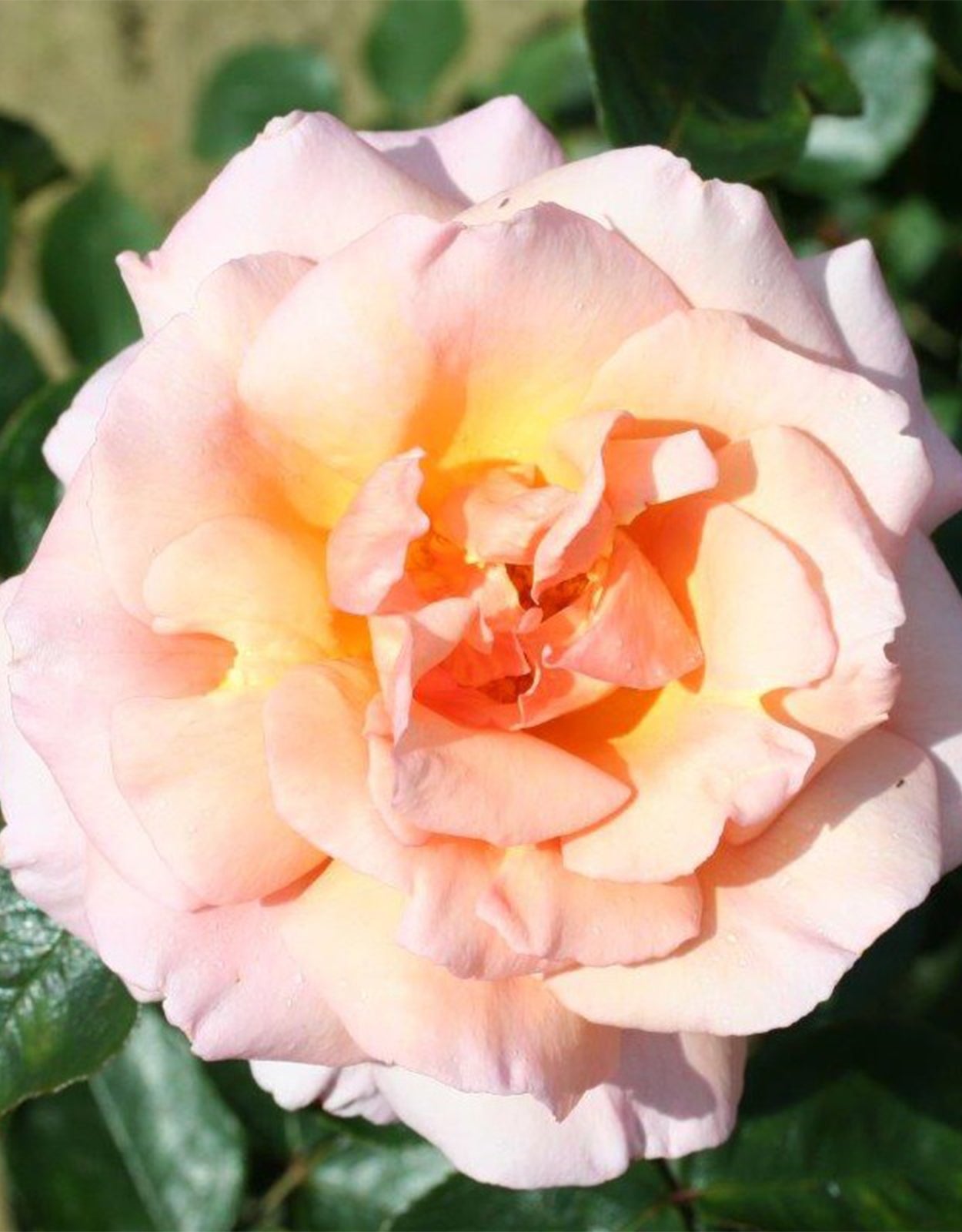
-
Why we like this plant
If you want a romantic climber that offers elegance and ease, ‘Compassion’ is a wonderful choice. Its apricot-pink clusters and tea fragrance create a charming, English-garden ambience. With a vigorous yet manageable habit and reliable repeat flowering, it’s brilliant for adding height, soft colour, and seasonal interest to structures or garden backdrops.
-
About this plant
Rosa ‘Compassion’ is a graceful climber showcasing soft apricot-pink blooms that open flat with a gentle swirl of petals. Each fragrant flower appears in clusters and matures to a creamy yellow-pink blend. Blooming generously from early summer through autumn, its glossy foliage and elegant, long canes make it perfect for trellises, fences or pergolas. This rose brings a romantic, cottage-garden charm with reliable flowering and subtle fragrance.
-
Key features
- Delicate apricot-pink blooms maturing to cream (5–8 cm across)
- Soft, tea-rose fragrance
- Repeat flowering from June to October
- Glossy, disease-resistant foliage
- Strong, arching climber suitable for training
-

Eventual height and
spreadHeight: 200–300 cm | Spread: 120–180 cm
-

Growth
habitA vigorous, arching climber that produces long, flexible canes bearing clusters of softly coloured blooms.
-

Moisture
Moist but well‑drained
-

Position in
the GardenThis rose excels when trained on sunny trellises, pergolas or fences where its flowering canes and aroma be appreciated up close and from a distance.
Planting guide
Plant in a warm, sheltered spot with nutrient-rich, well-drained soil. Dig a generous hole, add compost, and position the rose so the graft union sits just below the soil surface. Water thoroughly, tie in initial canes to supports, and maintain consistent moisture during establishment. Apply rose fertiliser in spring and after the first flush of blooms.
Care tips
Feed with a balanced rose fertiliser in early spring and again after the first flowering flush. Tie and train canes as they grow, and prune lightly after flowering to maintain shape. Water evenly during dry spells to support flowering and apply mulch annually to conserve moisture and suppress weeds. Regularly check for pests like aphids or signs of disease.
Winter care
Tie in canes late in autumn to prevent wind damage. Trim lightly to remove weak or dead growth, and apply a mulch layer around the base. In colder zones, protect with fleece wraps around the crown.










